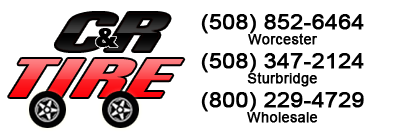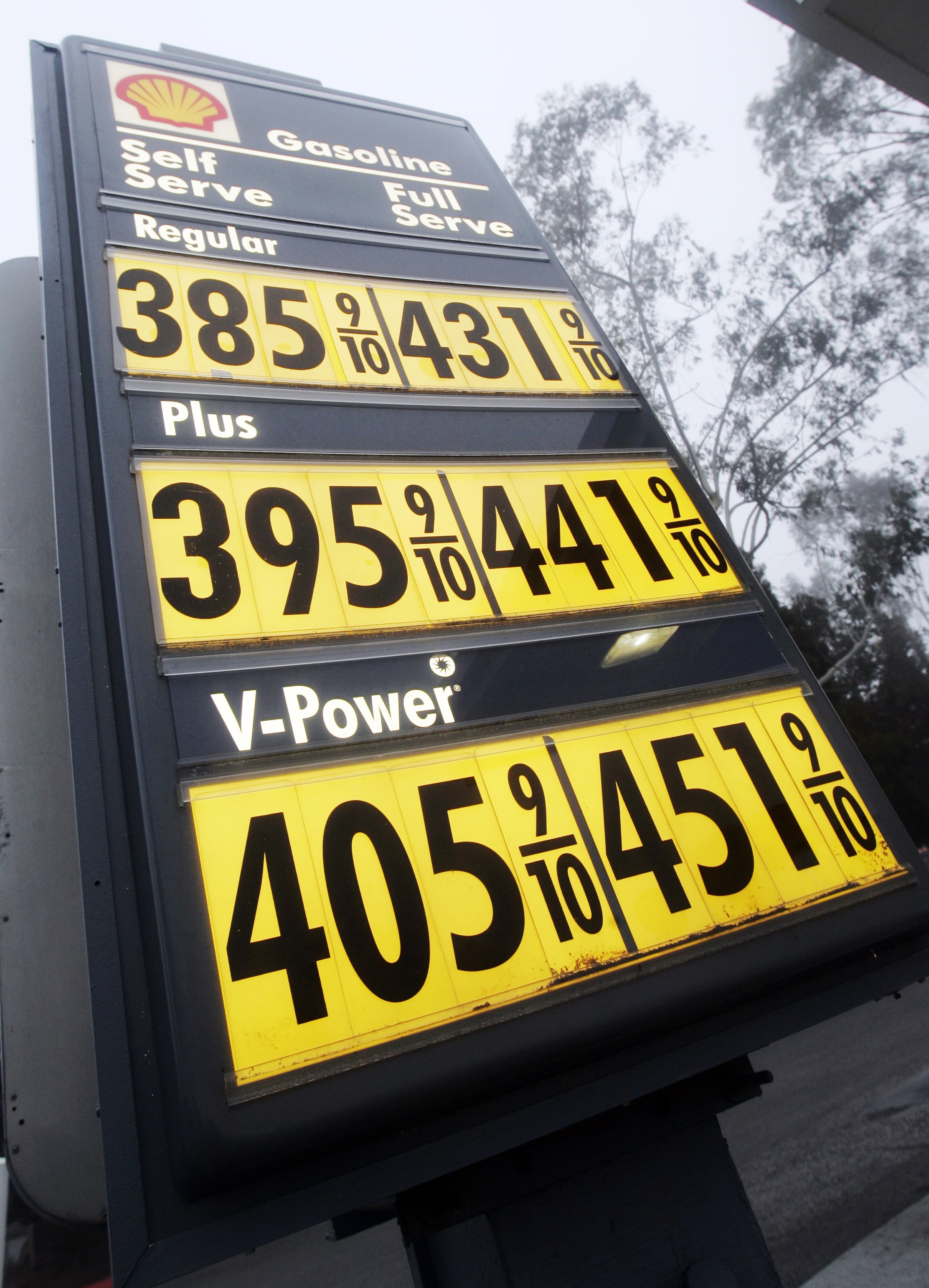

ConsumerReports.org posted a news item this week titled, “Lessons in Car Downsizing”. The article cited that many SUV and truck owners might be looking 
Consumers who were considering downsizing their vehicles were advised to hang onto their larger vehicles if the trade-in value of the SUV or truck is currently lower than normal due to high gas prices circumstance.
ConsumerReports.org also advised consumers to consider depreciation and amortization: “The longer you own a car, the more years you have to amortize the initial purchase, and the cheaper it will be to own. So if yo ...[more]
An alpha-numeric symbol you'll find on your tire's sidewall that tells you the maximum sustained speed the tire is capable of safely handling. An H-rated tire, for example, is built to be safe for continuous operation at speeds up to 130 mph. Most current model year family-type cars have S (112 mph) or T (118 mph) speed ratings. High performance cars often have tires with a V (149 mph) or ZR (in excess of 149 mph) speed rating. A few ultra-performance cars have W (168 mph) and even Y (186 mph) speed-rated tires.
This technical-sounding term refers to the relationship between the width of a tire and the height of the tire's sidewall. High-performance "low profile" tires have low aspect ratios, their sidewalls are short relative to their width. This provides extra stiffness and better high-speed handling and grip but also tends to result in a firmer (and sometimes, harsh) ride. "Taller" tires tend to provide a smoother ride and better traction in snow.
These are narrow bands built into the tread of the tires during manufacturing that begin to show when only 2/32 of the tire's tread remains. Also called wear bars, tread ware indicators are there to provide an obvious visual warning that it's time to shop for new tires.
As your tires rotate, only a portion of the total tread is actually in contact with the ground at any given moment. This is known as the contact patch. Think of it as your tire's footprint. Sport/performance-type tires are characterized by their wider footprint -- more tread is in contact with the ground -- which provides extra grip, especially during hard acceleration on dry pavement and during high-speed cornering.